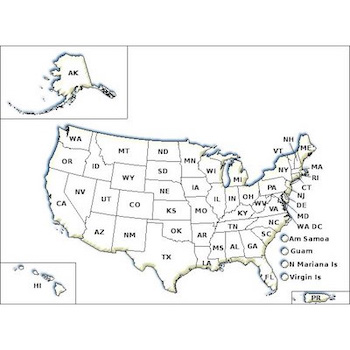In addition to the itchy bites, fleas can also transmit diseases and possibly affect you and your pet's health if they are not controlled. Fleas live and feed on the skin of animals all over the world. Fleas are small (1/13 - 1/8 inches long; 1 - 3 mm), wingless insects with flattened bodies that are dark brown. Their small flat bodies allow them to move through body hair where they bite and suck the blood of their host. Only adult fleas bite their hosts. Female fleas can lay 30-50 eggs per day on their host and many of the eggs can fall off of the pet and end up in the carpet, furniture, pet bedding, or other locations. They hatch into flea larvae in about a week. After feeding on dried blood left behind by the adults, the larvae spin a cocoon and change into adults. That is why it's important to focus on both the pet and the living environment when controlling fleas.
Control tips:
- Be sure to read and follow all label directions on any pesticide product you may use.
- Monitor and control fleas on your pet(s). Otherwise they will carry new fleas into your home. Consider talking to your veterinarian about flea control methods that are best for your animal. Many dog products cannot be used on cats.
- Consider using an Integrated Pest Management (IPM) approach including regular vacuuming to remove food, larvae and eggs, washing fabrics and bedding in hot water and targeted treatments with insecticides containing insect growth regulators.
- Avoid using home remedies as most have not been found to be effective at controlling fleas in homes.
- For information about the effectiveness of foggers, also known as "bug bombs", visit Washington State Department of Health's webpage about foggers.
- Treat outside your home only if you have heavily infested areas. Check shaded areas where your pets frequently lay outside for fleas.
- Learn more about controlling fleas by reading more about them in the links provided below.
- Your local cooperative extension service can provide information on the types of fleas in the area, help with identification and often provide fact sheets on local flea control methods.
If you have questions about this, or any pesticide-related topic, please call NPIC at 800-858-7378 (8:00am - 12:00pm PST), or email us at npic@oregonstate.edu.



